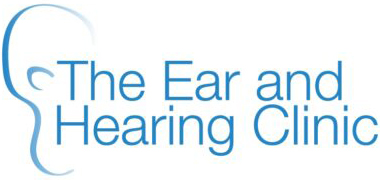Professor Lloyd strives to obtain the best possible outcomes following treatment. He regularly audits his surgical outcomes. Below is a summary of his outcomes for the common surgical procedures that he undertakes based on the last 8 years of practice.
Tympanoplasty (Repair of the ear drum)
Professor Lloyd’s results for tympanoplasty are shown below:
Successful closure of perforation 98%
Resolution of recurrent infection 100%
None of the patients operated on had significant deterioration in their hearing or facial nerve damage following surgery. These are the main potential risks of this type of surgery.
These results compare very favourably against the published literature which states that the average success rate in closing perforations is 80%.
Ossiculoplasty (Repair of middle ear hearing mechanism)
There are two types of hearing loss:
1) Sensorineural hearing loss occurs if the cochlea or the nerves that carry the sound signal to the brain are not working. Surgery is generally not an option for the restoration of sensorineural hearing loss (with the exception of cochlear implants).
2) Conductive hearing loss occurs when sound is not carried effectively to the inner ear but the inner ear is working normally. This usually results from a perforation of the ear drum or from damage to the hearing bones in the middle ear. Conductive hearing loss is often amenable to surgery. Surgery to repair conductive hearing loss usually involves repairing or replacing the hearing bones (ossicles). This is called ossiculoplasty.
The function of the whole hearing mechanism can be tested by carrying out an audiogram with the sound played through the ear canal, in the same way that any normal sound would enter the ear. This is called air conduction audiometry. The inner ear function can be measured by placing a vibrating probe on the skull behind the ear. Sound results in vibrations in the probe that then pass directly through the bone to the inner ear therefore bypassing the outer and middle ear. This is called bone conduction audiometry. The difference between the overall hearing (air conduction) and the inner ear hearing (bone conduction) gives an indication of the degree of any conductive hearing loss. This is called the air bone gap (ABG). If the air bone gap is 0dB then there is no conductive hearing loss. The biggest conductive hearing loss possible is around 50dB. The air bone gap can be used to assess the success of an ossiculoplasty procedure. Improvement to better than 20dB air bone gap is regarded as a good outcome and improvement to better than 10dB air bone gap is regarded as an excellent outcome.
The likelihood of success from ossiculoplasty is very much determined by the type of damage to the hearing bones, particularly the inner most hearing bone, the stapes. If the stapes is not damaged then it is usually easier to reconstruct the mechanism. A partial ossicular replacement prosthesis can be used (PORP). If the stapes is damaged then it is harder to reconstruct the mechanism and a total ossicular replacement prosthesis is required (TORP). The outcomes of TORPs is usually worse when compared to PORPs because of the greater difficulty in carrying out the reconstruction.
Professor Lloyd’s results for ossiculoplasty are shown below:
PORP
Mean post-op ABG 15dB
Closure of ABG to 20dB 83.3%
Closure of ABG to 10dB 39.6%TORP
Mean post-op ABG 18.5dB
Closure of ABG to 20dB 60%
Closure of ABG to 10dB 31.8%These results also compare favourably to the published literature where the successful closure to within 20dB varies between 35 and 87% for PORPs and between 29 and 75% for TORPs.
